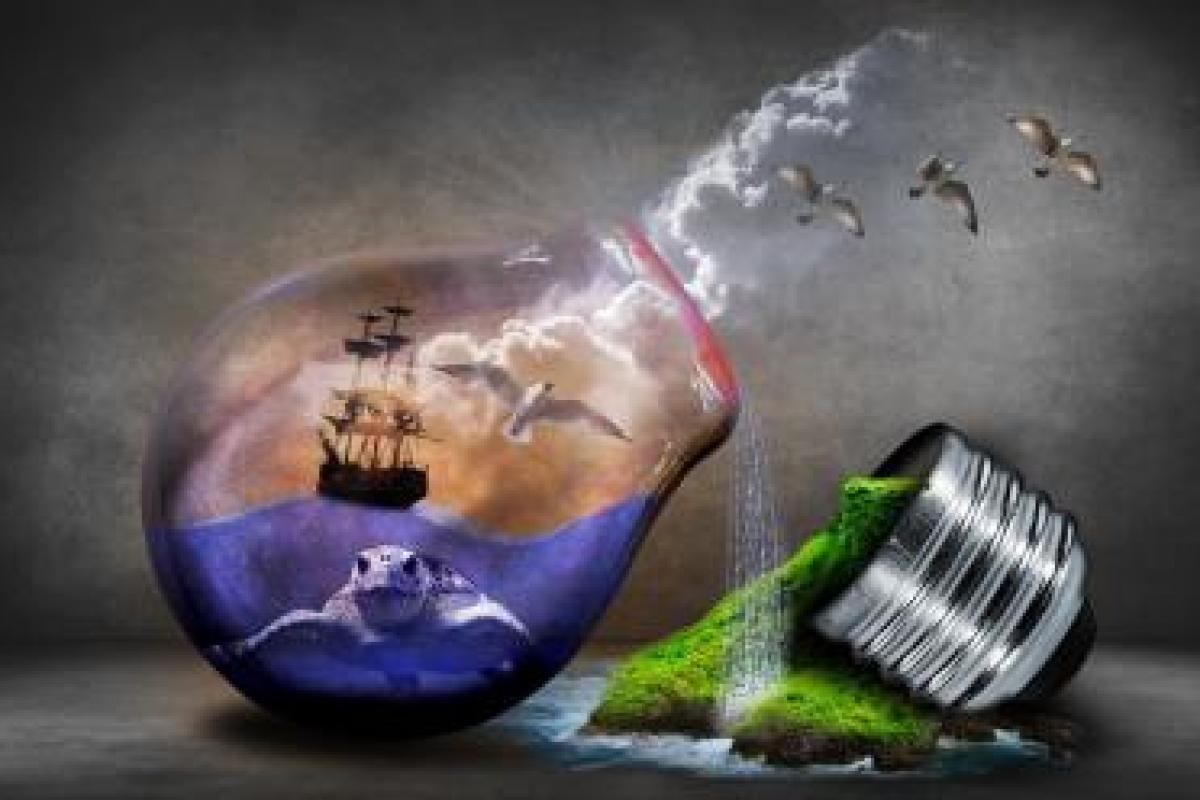The first wave I caught was in the sunset surf of Cornwall. Countless rollers methodically crashed along smooth rocks, and a colony of puffins fed on fresh sand eels - an idyllic picture of nature at its best and one that fuels a $7.8 billion industry of boards, wetsuits and holidays.
But the sad reality of it? The humble surfboard is actually a slab of polyurethane; my wetsuit, a second skin of petroleum-spawned neoprene and the seas awash with plastic pollution. Even that polyester number you’re wearing is slowly flushing synthetic microfibers into a floating gyre of marine debris the size of Texas with each wash.
Nature’s ideological bubble just went pop.
How are the authorities solving this problem? And why do I feel so responsible for this?
Surfing’s toxic secret is one small piece of a larger, more complex jigsaw. Global status quo appears to be nose-diving. Businesses and brands now face increasingly turbulent times and consumers, emboldened against a volatile world, are expecting companies to use their influence to spark change.
Purpose driven power
Consumer trust has retreated and redistributed. 88% of consumers believe companies have the power to influence societal change and should be addressing issues presently facing us. Reacting to this shift in power has prompted many brands to recognise the importance of developing an authentic purpose that’s baked into their very DNA. Residing at the core of their brand, it steers every action and keeps them true. Always #LikeAGirl, Zady ‘The New Standard’ and Method cleaning products all drive a positive cultural idea at the core of their brand. They tap into societal issues as a campaign tool and contribute solutions that drive greater consumer engagement.
As more brands realise bottom line isn’t everything, it’s refreshing to see their entrance into the cultural conversations becoming more accepted, even requested by consumers. Using purpose as their lens, we see three distinct approaches to change:
Leaders leading change
Howard Schultz of Starbucks is one CEO whose vision for the brand extends beyond the role of pick-me-up. In a recent statement he openly questioned ‘what is the role and responsibility of a public company… and how can we catalyse hope in a time when we need more optimism, empathy, compassion and leadership?’ One such manifestation included ‘Upstanders,’ a Starbucks Original Series looking to help communities share positive stories, perhaps even reclaim part of their American dream. This approach helps reshape a narrative that has increasingly become divided and cynical.
This isn’t the first time Schultz has stepped into the arena of social issues. In 2015 he called for Starbucks to lead a polarising conversation on racial discrimination, a campaign hailed for the controversy it raised. Entering these conversations is inevitably a tightrope walk, with many feeling this cry is a reflection of institutionalised arrogance where CEO’s preach on issues, using brand as their soapbox.
But why shouldn’t they? Major companies have great influence, so we should urge them to use their platforms for good. For challenging issues authorities have failed to address. Minefield, I hear you say. But before you take you seat back on the fence, consider first the consumer rallying call.
Thinking like news companies
When confronting social issues, brands are utilising channels – such as advertising – to communicate provocative stances. For example, Patagonia created a praiseworthy advert, ‘don’t buy this jacket’, a great example of radical truth and a piercing insight into the flaws of their industry. Today they have taken a more challenging role as an outspoken advocate of environmental and corporate responsibility. Patagonia created DamNation, a powerful Netflix documentary film that takes an explicit position around the support of dam removal to help restore river ecosystems. This is an example of a brand placing themselves at the frontline of the conversation and calling upon consumers to help them reshape societal issues. And to quote their founder, Yvon Chouinard, who boldly put it: ‘If you’re not pissing off 50% of the people, you’re not trying hard enough.’
Did I mention they’ve also released the world’s first neoprene, natural rubber wetsuit and are also working to combat ocean pollution? That’s my conscience a little clearer. Patagonia you’ve won yourself a brand loyalist.
Cultural bridge builders
In a world of increasing volatility, consumer trust in institutions, authority and media are nose diving, brands that confront relevant issues stand to create new tribes of supporters. Sidestepping cultural debates, while tempting, will make increasingly less ethical and financial sense. Nike’s recent commercial celebrating prominent female athletes from Arabia is a great example of a brand combatting social stigmas through a role of positivity and unification to show support for the underserved. Moving beyond provocative campaigns, Nike is now due to release the ‘Pro Hijab’, a product already surrounded by evangelists and cynical political naysayers alike.
As purpose become commonplace throughout branding, we will start to see a new swell of brands coming down from the fence to gain a greater foothold in consumer’s lives. The result will inspire and empower new collectives to join their cause, accelerating the positive impact on society and their own potential for growth. Where brands have traditionally reflected culture; the new expectation is for brands to shape it.
By Toby Marks, Associate Strategist, Siegel+Gale.



